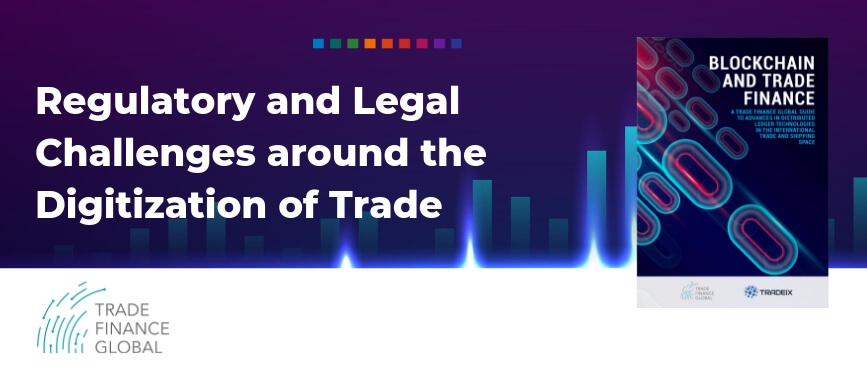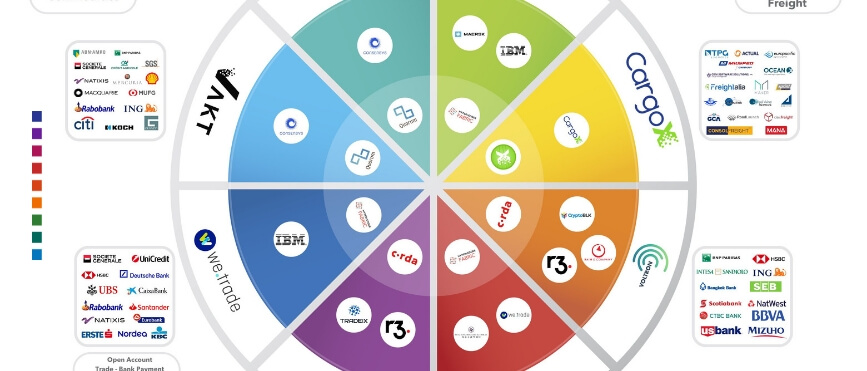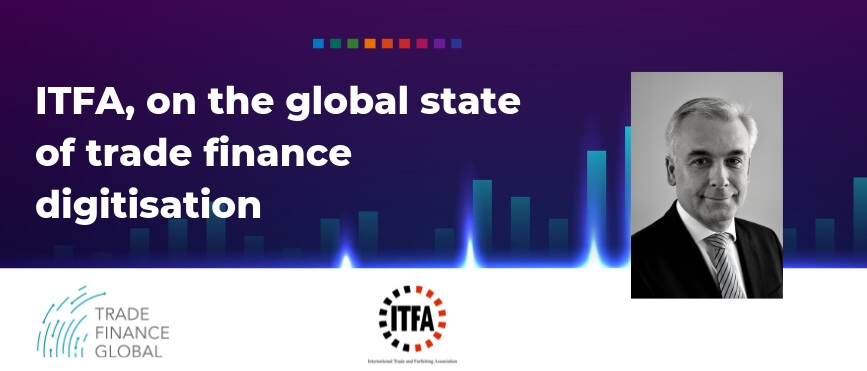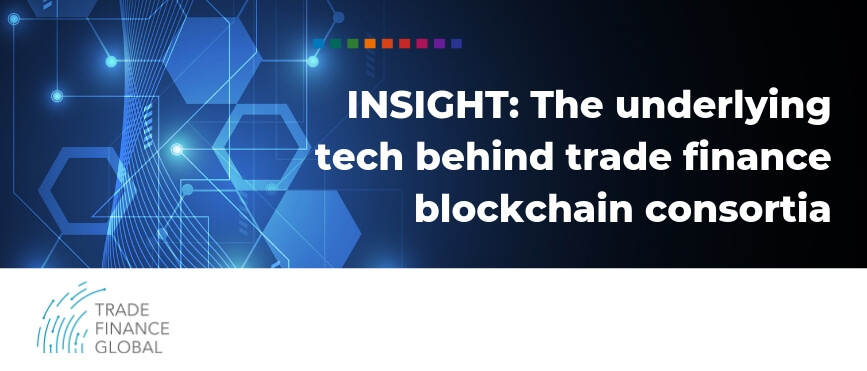Consortia have become a common method for businesses to collaborate on the use of blockchain and DLT technology – which developed out of the technology underpinning cryptocurrencies such as Bitcoin. TFG heard from Deepesh Patel, and BCR’s Michael Bickers to find out more.
The superimposition of DLT into the trade and shipping space naturally brings about a major step towards the digitization of trade. The process of trade digitization, however, is still traversing a legislative grey area. In many jurisdictions, including the USA, there are currently no regulations or laws that recognize electronic negotiable instruments in lieu of their written counterparts. Overcoming this immense operating hurdle will be a key initiative to reaching the full potential of DLT in the trade space.
Trade Finance Global today releases a map of networks and consortia in the trade finance and shipping space. Highlighting the key technology providers, DLT involved, banks and participants on each network, the map provides insight into the complex ecosystem of blockchain players in trade finance.
Trade finance has been a very slowly moving space when it comes to embracing digital innovations. However, the coin is now flipping: new data sharing technologies and ambitious plans from major trade originators provide much hope for a new trade finance landscape to emerge in the foreseeable future. Will the new trade consortia succeed to scale, and by when?
At the core of every DLT based platform lies the underlying distributed ledger technology infrastructure. Each technological infrastructure offers its own unique set of features and core design decisions that fundamentally affect the use cases that it can be applied to. In the financial space, the primary focus is on a permissioned structure, where access is restricted to a set of verified players.
To date, attempts to digitize trade and trade finance and to connect trading parties have been relatively unsuccessful. Internal processes have become increasingly digital but transactions involving multiple parties are still costly, complex, and largely paper based. This lack of success to date has been due primarily to the limitations of legacy technology systems, platforms, and networks that supported such digitization efforts




















